HMS Medway is a River class offshore patrol vessel under-construction on the Clyde, we’ve taken a closer look.
On the 6th November 2013 it was announced that the Royal Navy had signed an Agreement in Principle to build three new OPVs based on the River class design at a fixed price of £348m including spares and support.
In August 2014, BAE Systems signed the £348 million contract to build the three new OPVs on the Clyde in Scotland. The new Batch 2 vessels will be used for constabulary duties such as “counter-terrorism, counter-piracy and anti-smuggling operations”.
According to BAE Systems, the vessels are designed to deploy globally, conducting anti-piracy, counter-terrorism and anti-smuggling tasks currently conducted by frigates and destroyers.
[su_custom_gallery source=”media: 10179,10180,10181,10182,10183,10184,10185,10186″ limit=”30″ link=”lightbox” width=”120″ height=”120″ title=”never”]
Work recently started on HMS Spey, the fifth ship in a fleet of new Offshore Patrol Vessels being built on the Clyde for the Royal Navy.
HMS Spey will be built at Govan before she is transferred to the Scotstoun yard, where she will be fitted out for operations.
According to BAE, work to build HMS Spey and the rest of the OPV fleet is sustaining 800 jobs and the vital skills needed to build the fleet of Type 26 Frigates, which will begin construction at Govan in the summer.
The five new Offshore Patrol Vessels have been ordered to fill a gap in orders after the second carrier and before the Type 26 frigates begin construction. The first of the five new vessels, HMS Forth, is expected to be handed over to the Royal Navy this year.
Minister for Defence Procurement, Harriett Baldwin, said:
“The start of work on HMS Spey, the fifth Offshore Patrol Vessel, is another milestone in a significant programme of work which is sustaining hundreds of jobs in Scotland and the vital shipbuilding skills needed to build the Royal Navy’s new Type 26 Frigates.”
DE&S CEO Tony Douglas said:
“The team at Defence Equipment and Support has driven the successful delivery of the OPV programme; today’s steel cut is a proud moment not only for us, but for the Royal Navy and our industry partners too.
I am looking forward to continuing this long-standing and close relationship when we begin manufacturing for the Type 26 fleet later in the summer.”
Recently Kelvin Hughes was selected to supply its SharpEye radar system for the new Batch 2 River class offshore patrol vessels HMS Forth, HMS Medway, HMS Trent, HMS Tamar and HMS Spey.
Barry Jones, Kelvin Hughes Regional Sales Manager, said:
“SharpEye™ is an ideal choice for these OPV projects. The system provides a 3-in-1 approach with a type approved navigation radar using advanced small target detection, a 2D surface surveillance capability and a helo detection mode to aid rotary aircraft recovery in bad weather; all in one compact radar package.
Its scalable architecture allows it to satisfy the requirements of the smaller patrol boat as a primary radar or as a navigation radar and secondary surveillance radar on a larger warship.”
The first of the five new vessels, HMS Forth, is expected to be handed over to the Royal Navy in 2017.


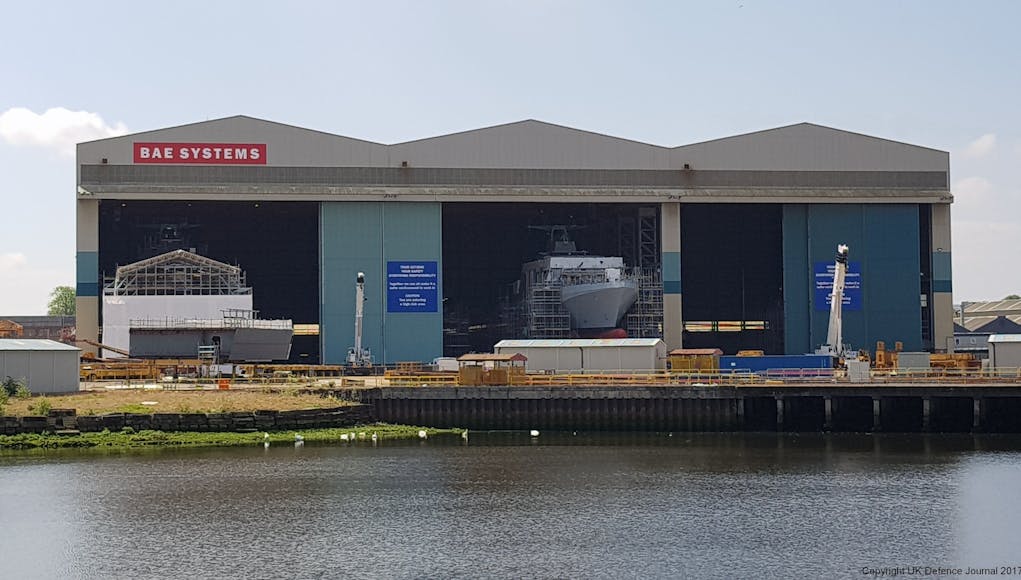
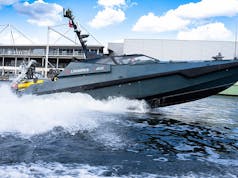

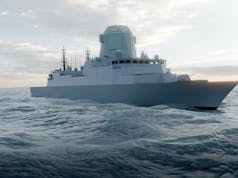
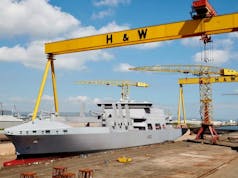
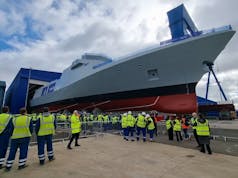
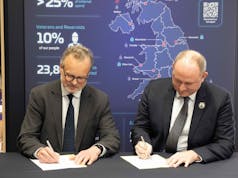

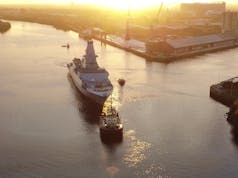
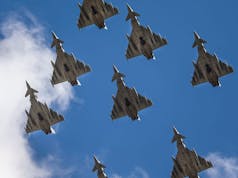

This article demonstrates the inefficiencies of the govt and mod more than anything else.
The RN has a surface fleet of circa 75 vessels (inc RFA) which means that if we had a strategic plan we could build 3 ships per year in British yards and these ships if scheduled properly would cost around £1.5bn p.a. For this we could be building 4 T31 (£400m each) a T26 (£800m each) and a Tide class support / assault vessel (£300m each) every 2 years. A further £1.5bn pa is needed for the sub fleet.
By not having proper fleet management we are wasting money and putting lives at risk. I saw HMS Richmond last week in London and although looking good there is no doubting her age. The other part about having a consistent drum beat is that there will always be a new ship joining the fleet and this is great for morale.
You’re not wrong, but unfortunately we also need to remember that the Royal Navy doesn’t have enough personnel to crew all the ships it currently has, let alone that number of new ships. Ships are frequently unable to sail due to a lack of available engineers in particular, and sadly I don’t see recruitment being able to make up that number so rapidly…
? well said Pacman. Biggest culprit is No11 ?
Never a truer word
Where has the article on Mersey. Severn and Clyde decommission gone to?
Good spot. I’d also be interested to know.
It’s here
https://ukdefencejournal.org.uk/hms-severn-decommissioned-year/